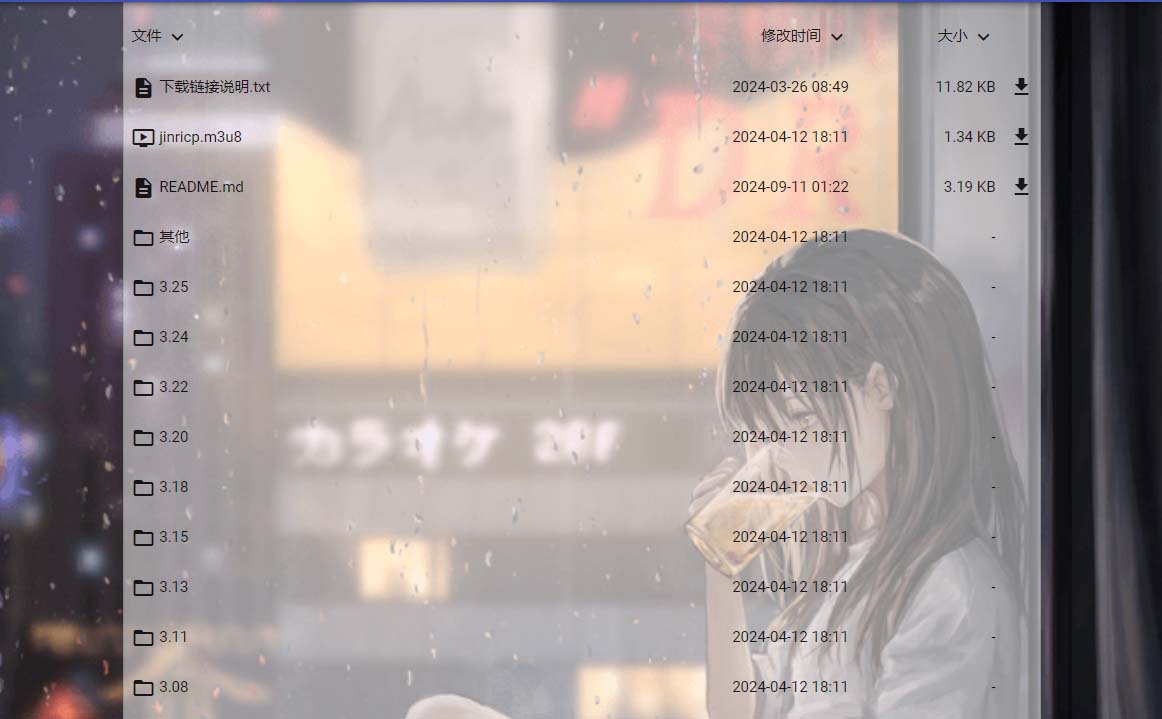
Layoutparams是Android中用于布局的参数类,用于描述View在布局中的位置、大小以及与其他View之间的关系。在开发中使用Layoutparams可以实现各种复杂的布局效果,如线性布局、相对布局、帧布局等。
Layoutparams分为三种类型:
1. LinearLayout.LayoutParams:线性布局的参数类,通过设置weight属性可以实现子View的权重分配。
2. RelativeLayout.LayoutParams:相对布局的参数类,通过设置各个方向上的相对位置关系,实现子View的相对布局效果。
3. FrameLayout.LayoutParams:框架布局的参数类,通过设置gravity属性可以实现子View的在框架布局中的居中、左上角、右下角等位置。
这些参数类都是继承自ViewGroup.LayoutParams,因此也可以使用ViewGroup.LayoutParams中的所有属性。
Layoutparams的使用方法:
1. 在XML文件中设置
在XML文件中使用Layoutparams可以通过为子View设置layout_*属性来实现。如:
```
android:layout_height="match_parent"> android:layout_width="match_parent" android:layout_height="wrap_content" android:text="Hello World!" android:layout_weight="1"/>
```
在此例中,使用了LinearLayout.LayoutParams,并通过设置layout_weight属性实现了权重分配。
2. 在代码中设置
通过在代码中使用setLayoutParams()方法,可以为View设置LayoutParams。如:
```
LinearLayout.LayoutParams params = new LinearLayout.LayoutParams(ViewGroup.LayoutParams.MATCH_PARENT, ViewGroup.LayoutParams.WRAP_CONTENT);
params.weight = 1;
textView.setLayoutParams(params);
```
在此例中,实例化了一个LinearLayout.LayoutParams对象,并设置了宽高以及权重分配之后,将其应用到了TextView上。
Layoutparams的案例说明:
以下为Layoutparams的一些使用案例:
1. 使用LinearLayout实现平均分配子View的宽度。
```
android:layout_height="wrap_content" android:orientation="horizontal"> android:layout_height="wrap_content" android:layout_weight="1" android:text="Button1"/> android:layout_height="wrap_content" android:layout_weight="1" android:text="Button2"/> android:layout_height="wrap_content" android:layout_weight="1" android:text="Button3"/>
```
在此例中,使用LinearLayout.LayoutParams并通过设置layout_weight属性实现了子View的宽度平均分配。
2. 使用RelativeLayout实现子View相对布局。
```
android:layout_height="match_parent"> android:layout_width="wrap_content" android:layout_height="wrap_content" android:text="Hello World!"/> android:layout_width="wrap_content" android:layout_height="wrap_content" android:text="Hello Android!" android:layout_below="@id/textview1"/>
```
在此例中,使用RelativeLayout.LayoutParams并通过设置layout_below属性实现了textview2在textview1的下方布局。
3. 使用FrameLayout实现子View居中布局。
```
android:layout_height="match_parent"> android:layout_height="wrap_content" android:src="@drawable/ic_launcher" android:layout_gravity="center"/>
```
在此例中,使用FrameLayout.LayoutParams并通过设置layout_gravity属性实现了ImageView在FrameLayout中的居中布局。
通过使用Layoutparams可以实现各种复杂的布局效果,开发中需要注意一些属性的设置,灵活使用Layoutparams可以实现更多的布局变化。 如果你喜欢我们三七知识分享网站的文章, 欢迎您分享或收藏知识分享网站文章 欢迎您到我们的网站逛逛喔!https://www.37seo.cn/


![最新版TikTok 抖音国际版解锁版 v33.8.4 去广告 免拔卡[免费网盘]](https://m.37seo.cn/uploads/20240316/368374f292fe1b61eead785c71e11147.jpg)
发表评论 取消回复